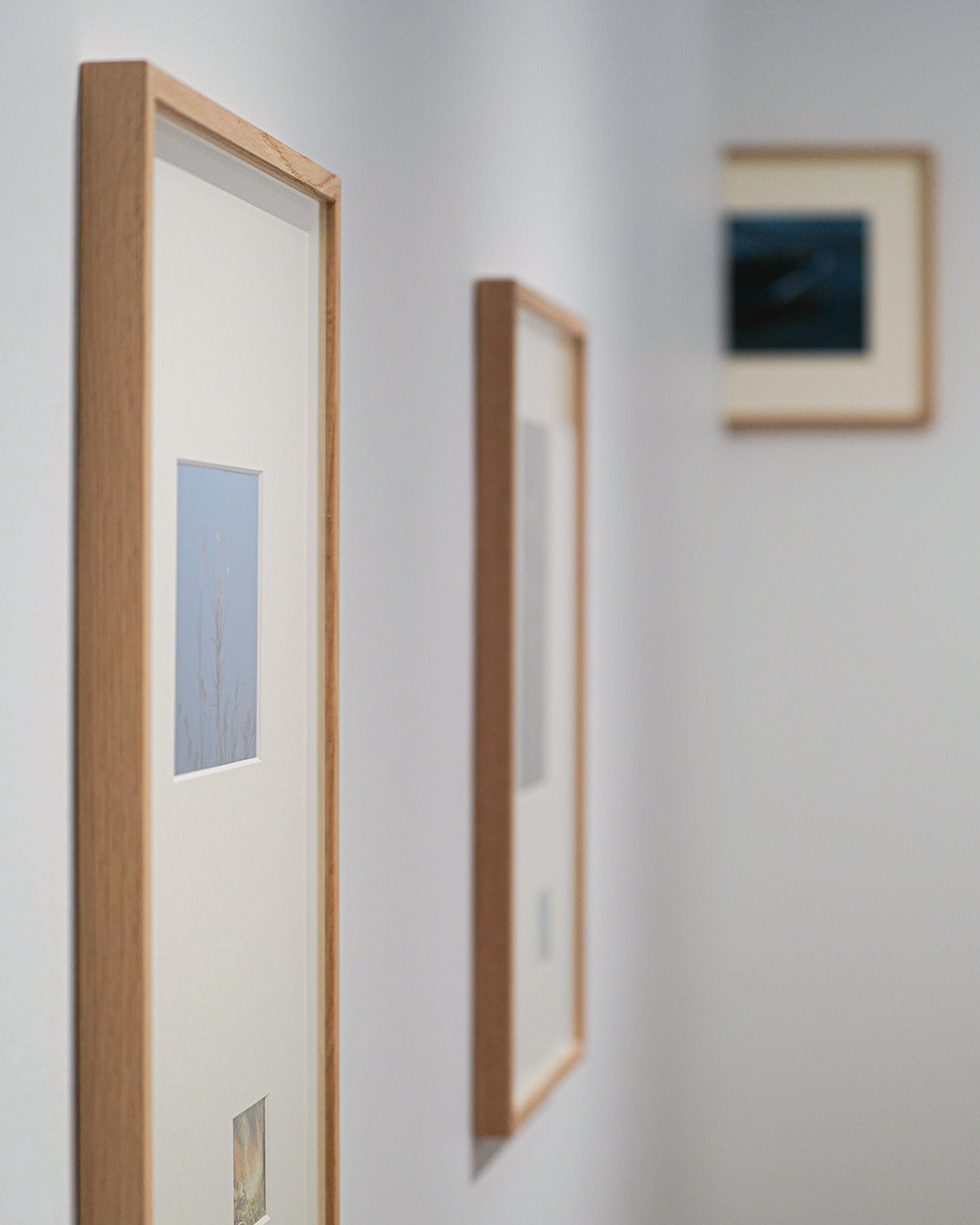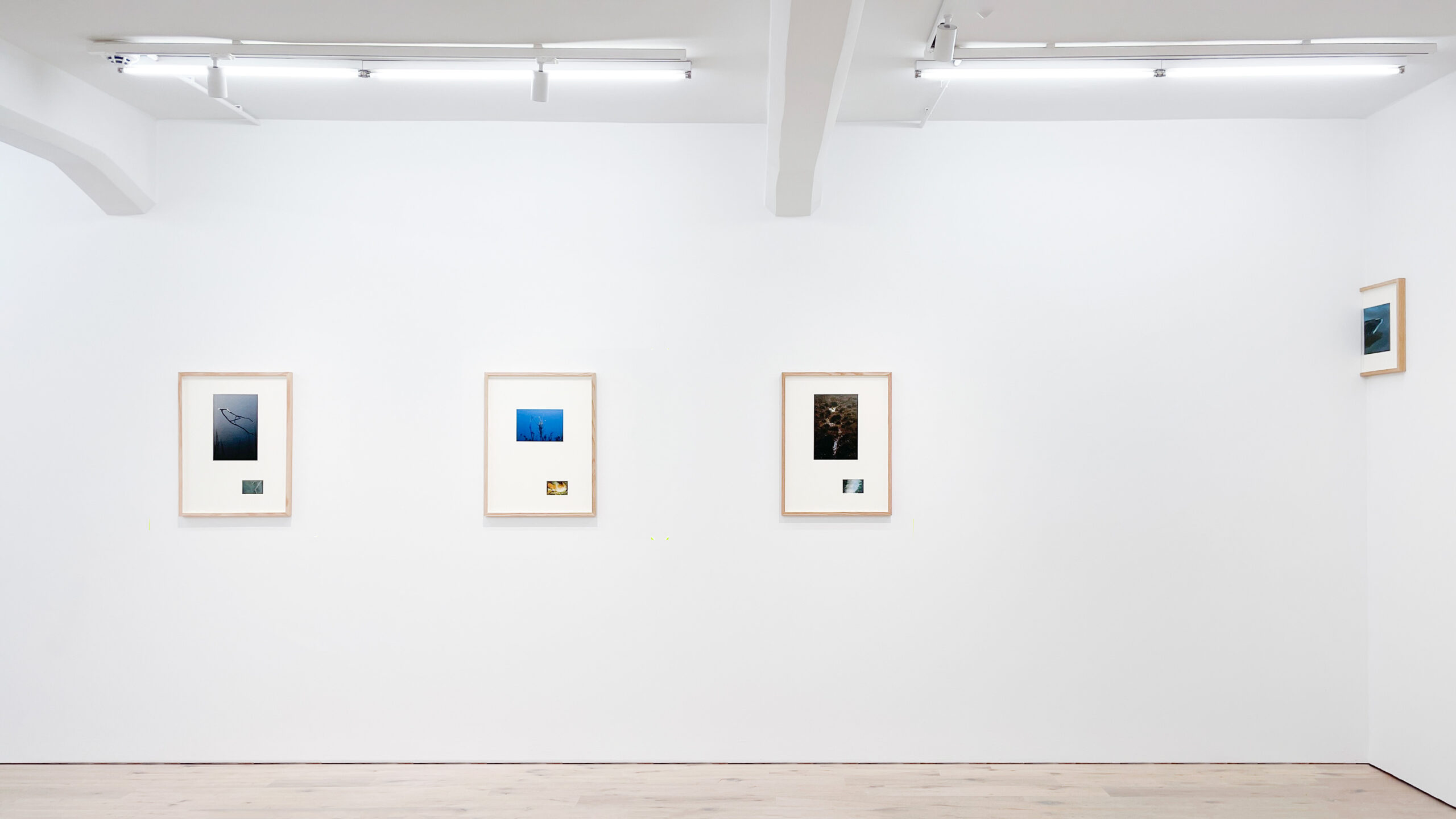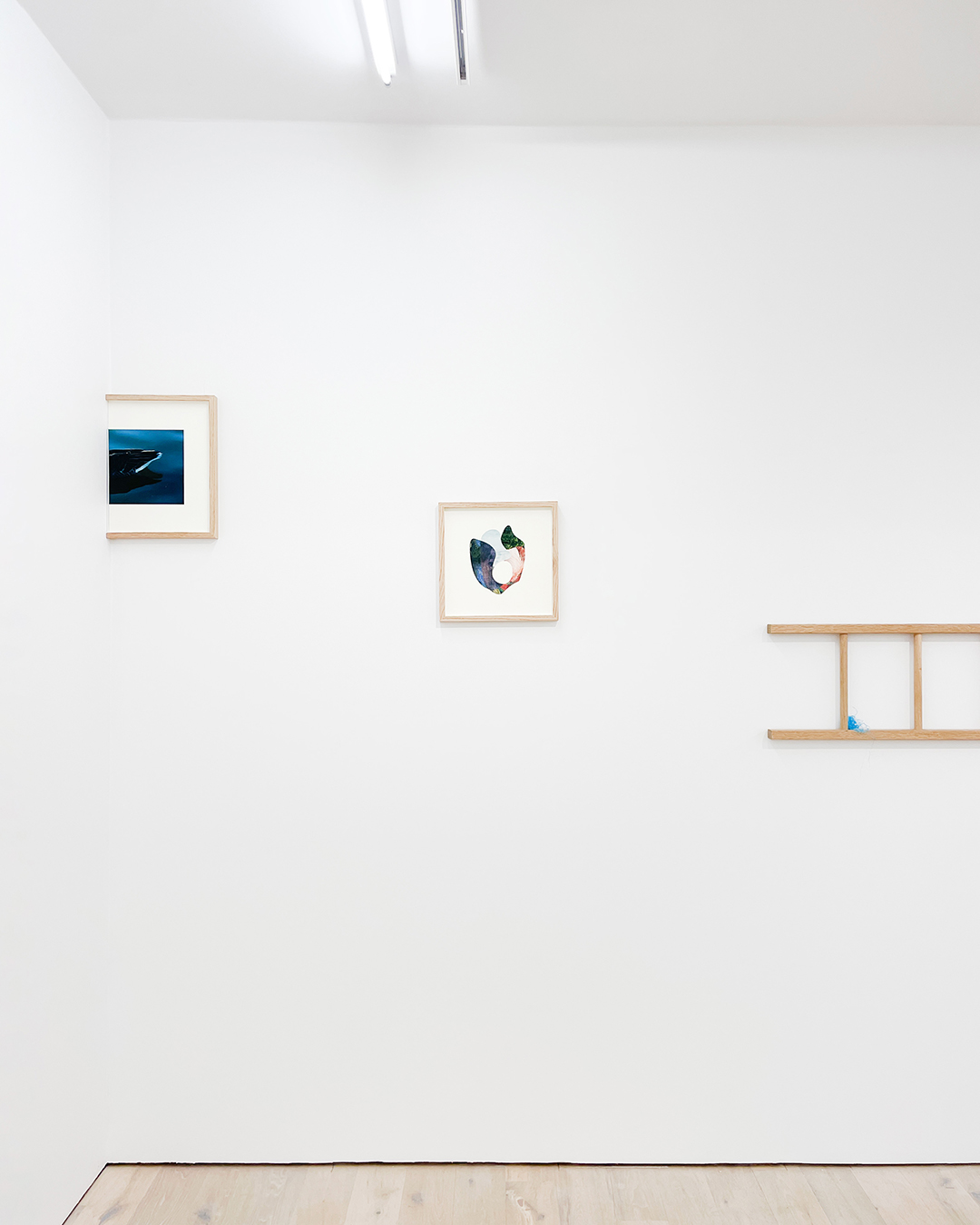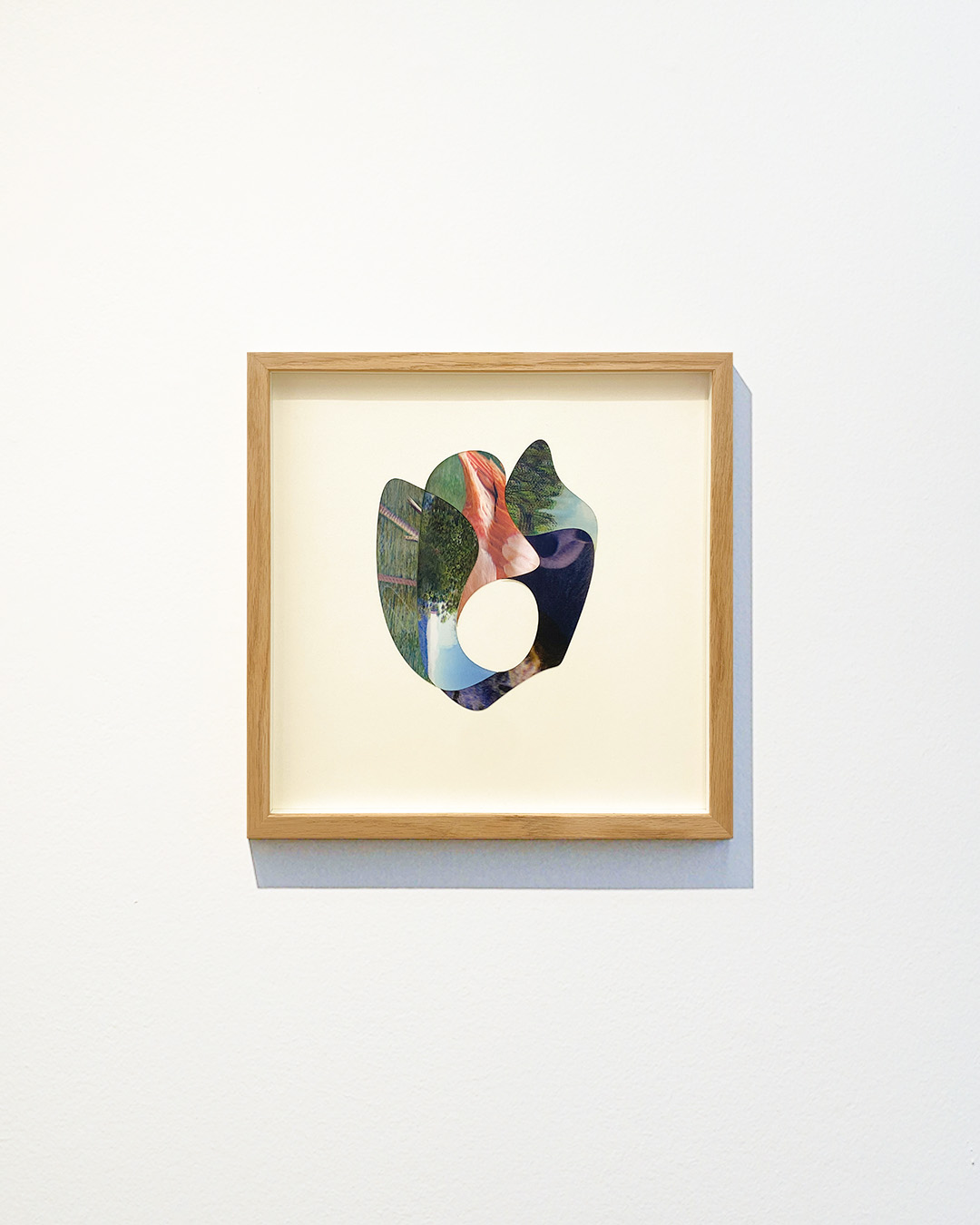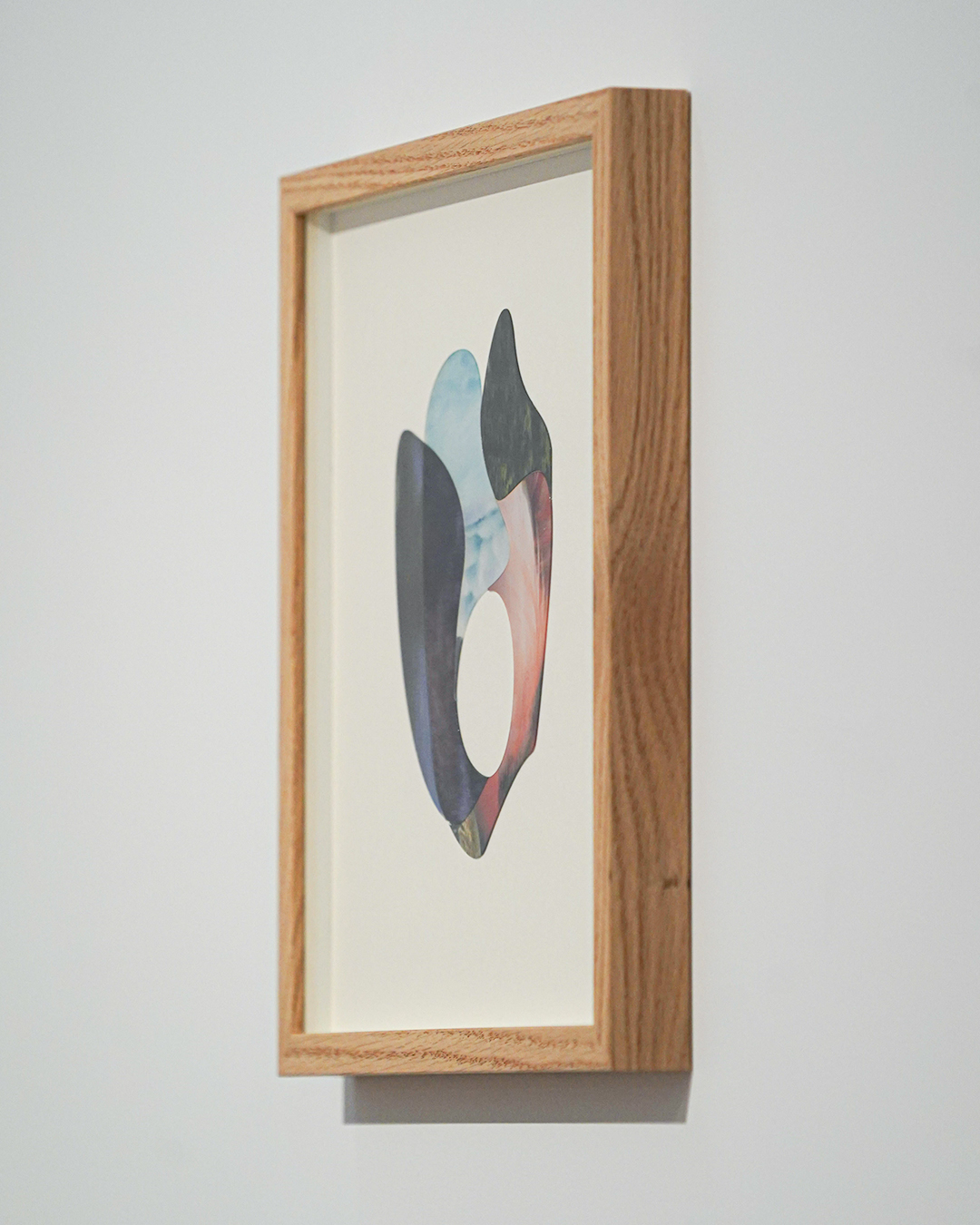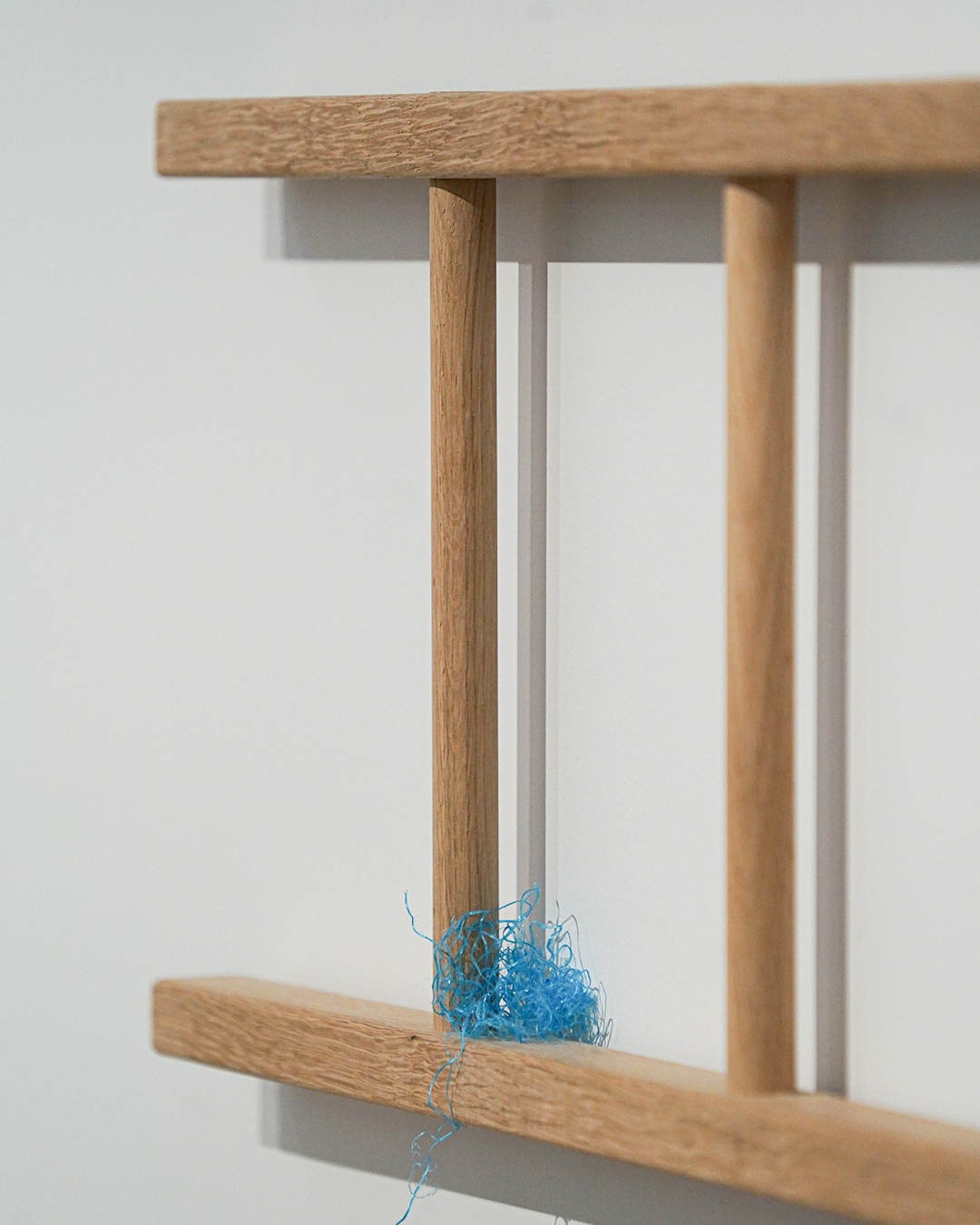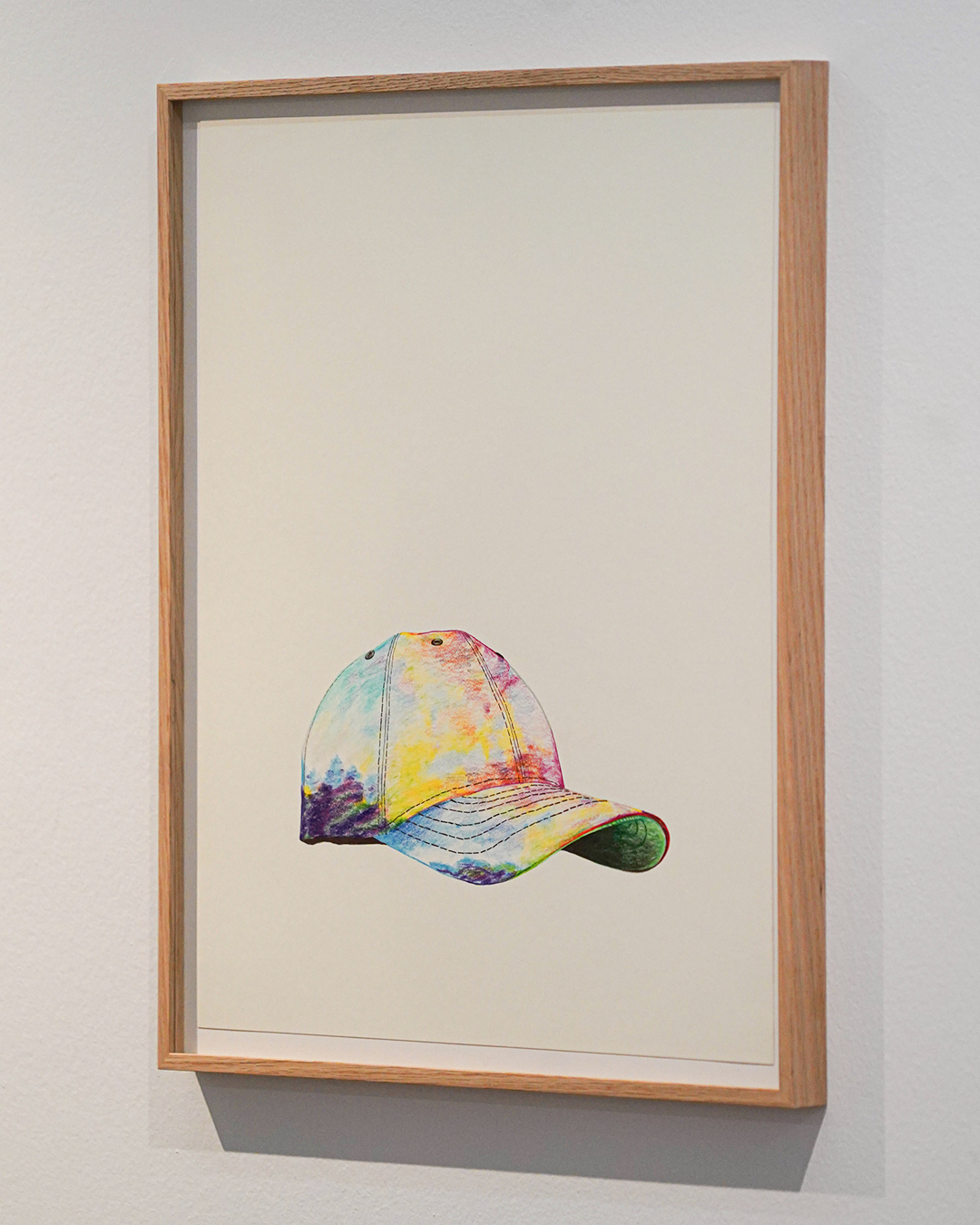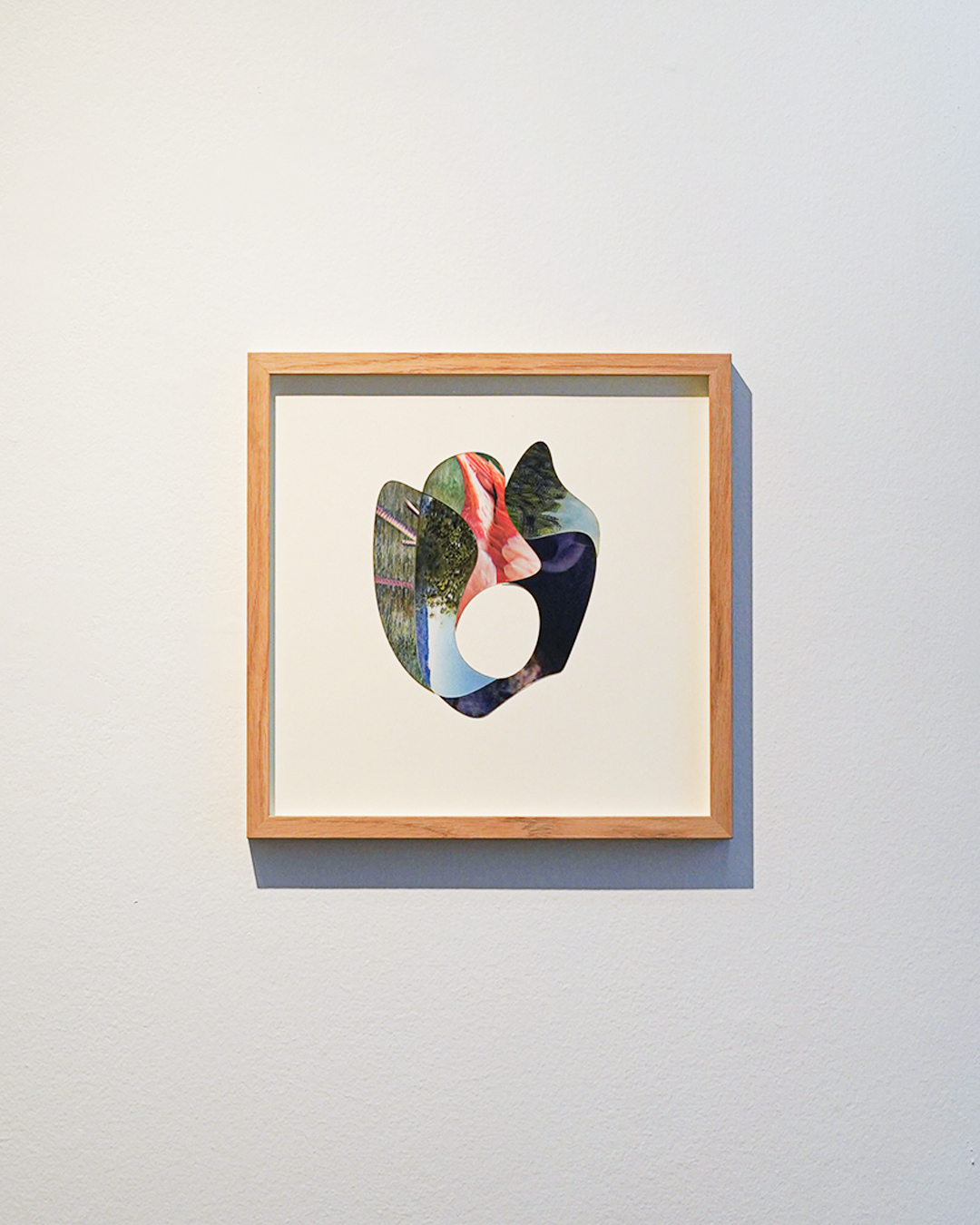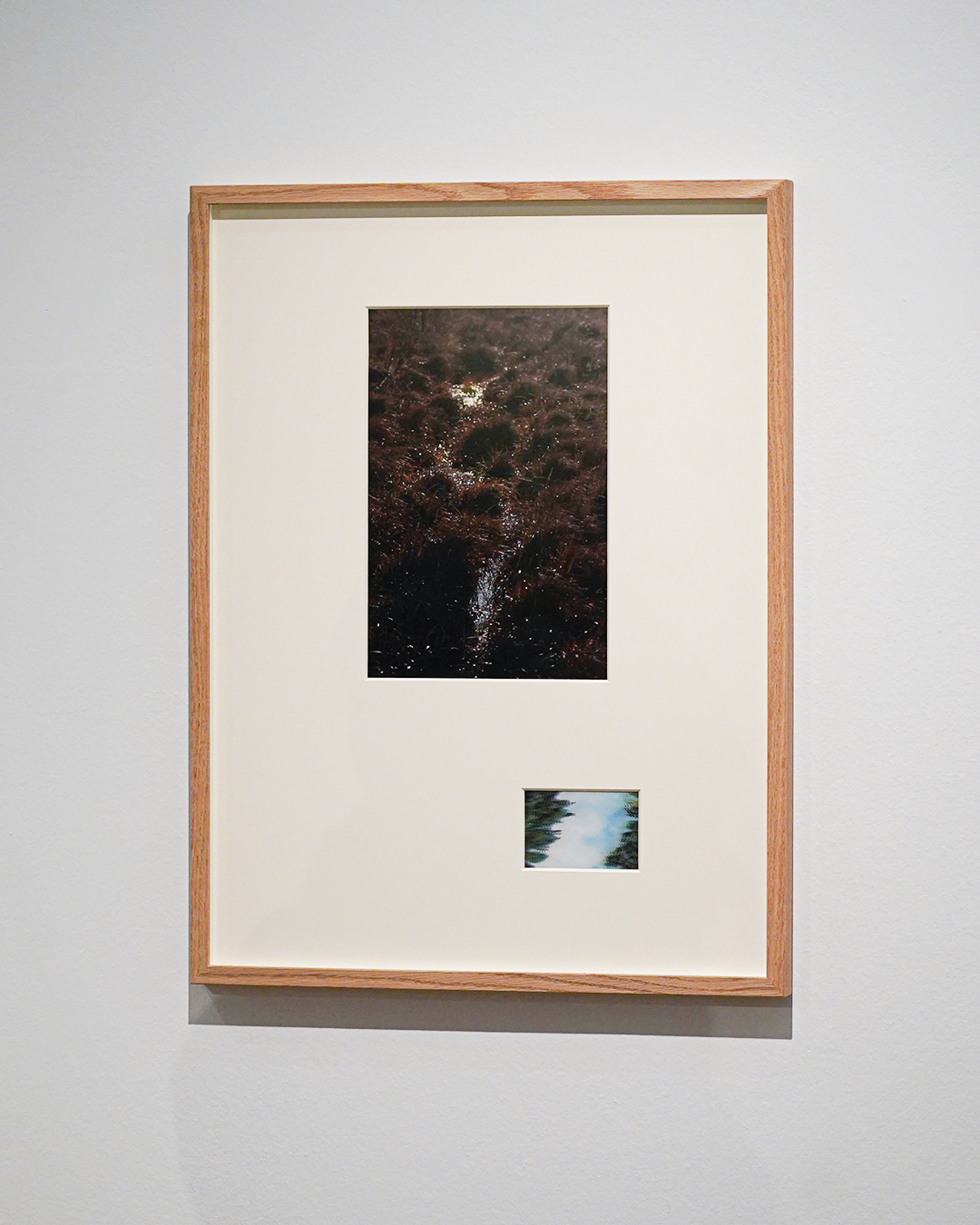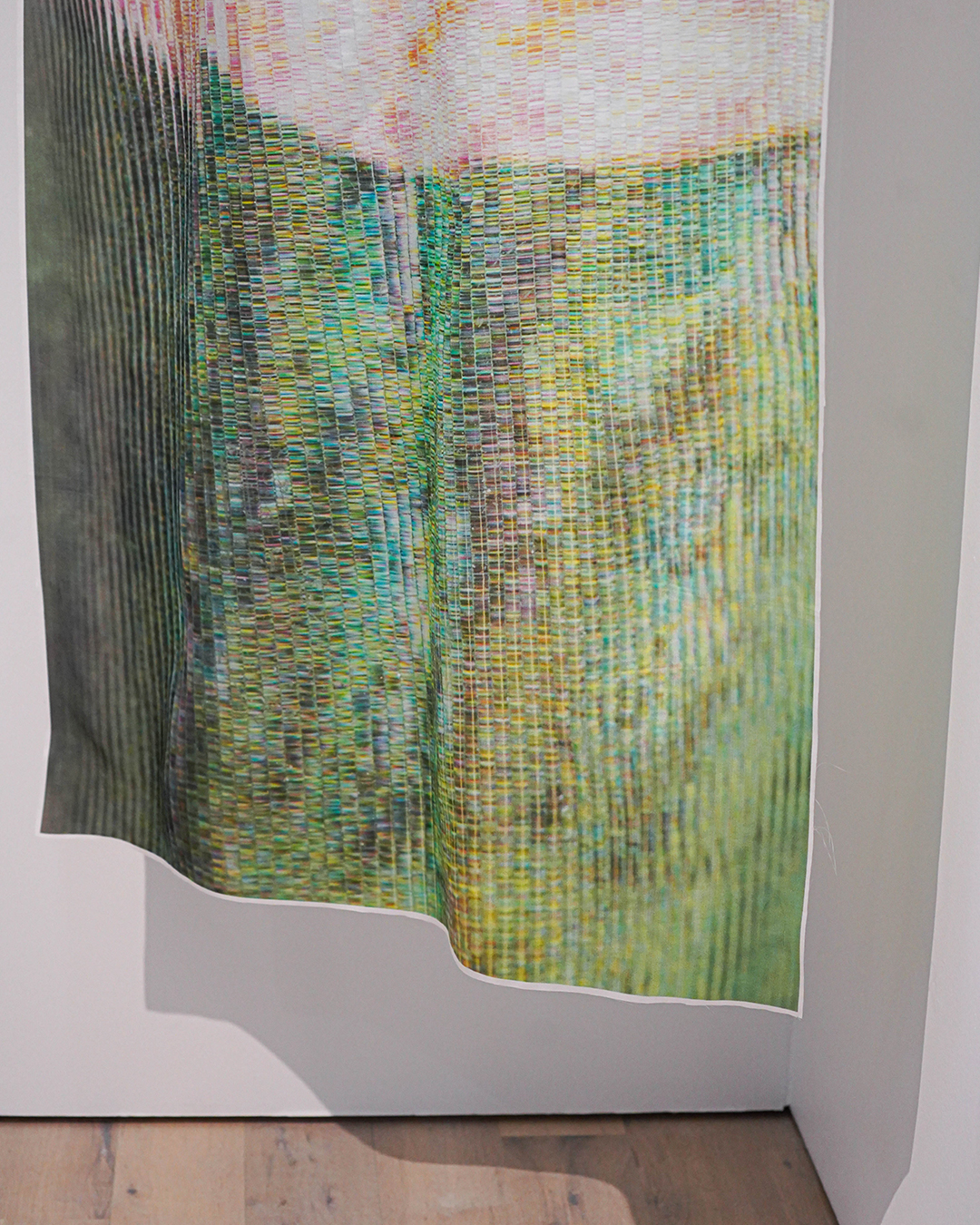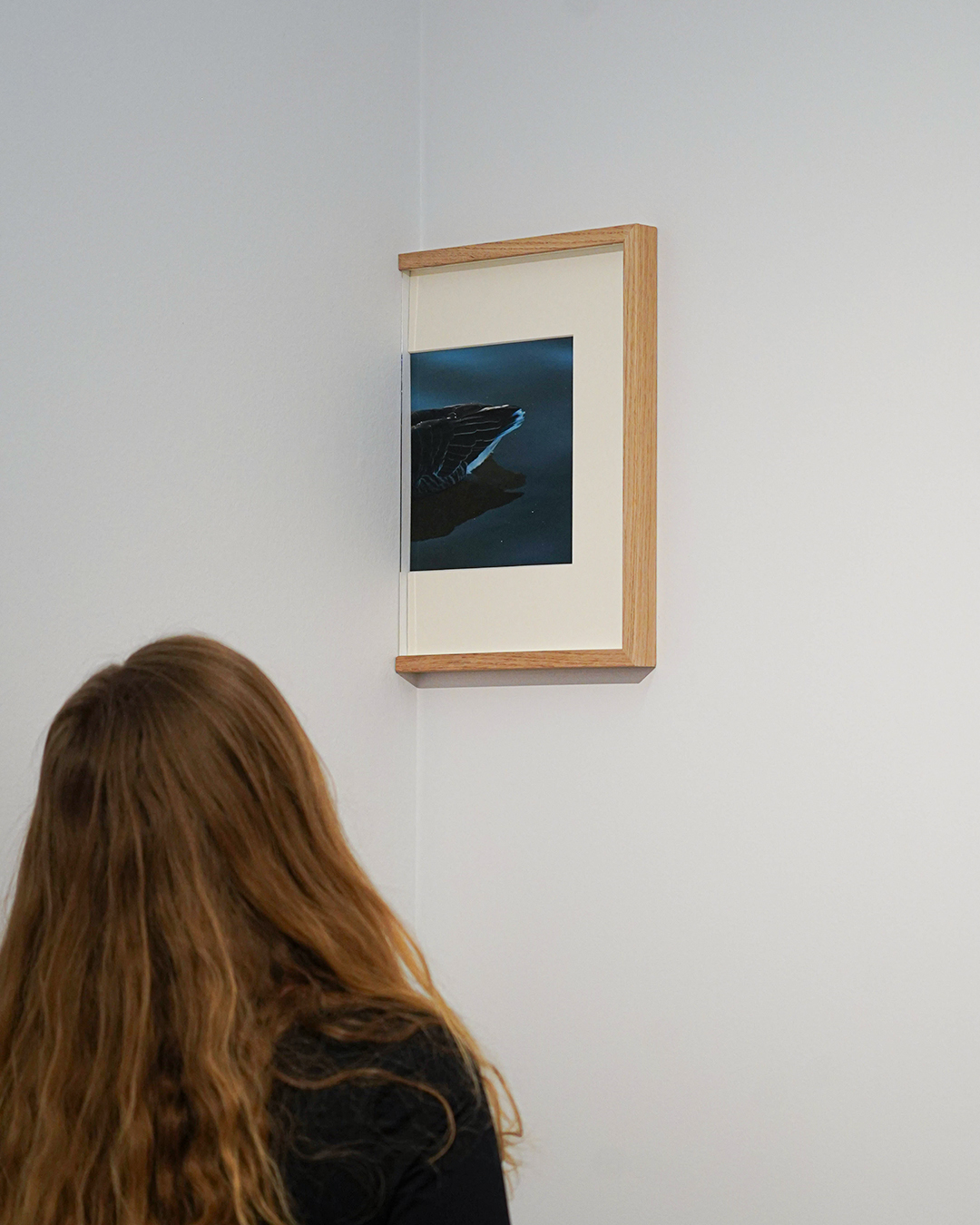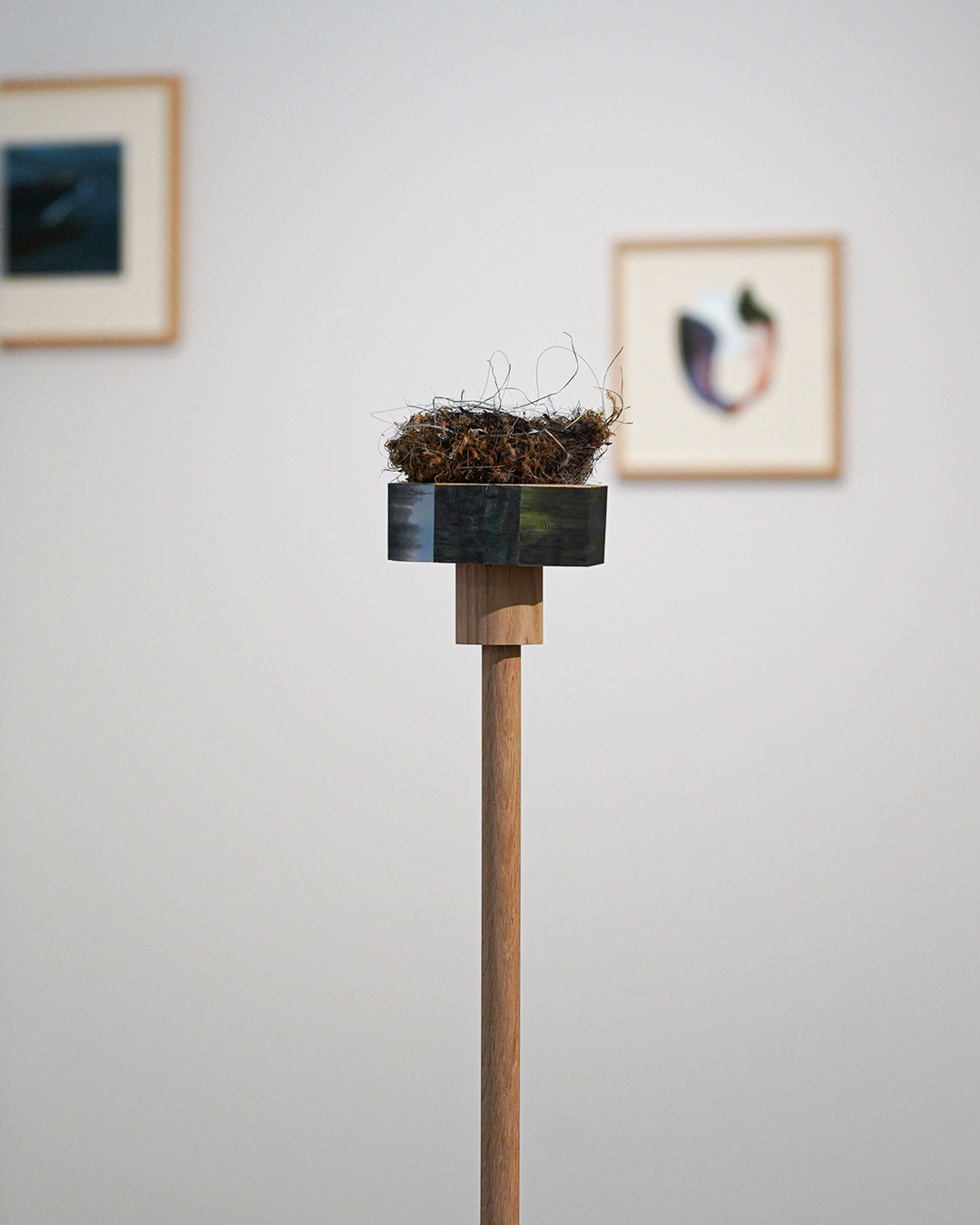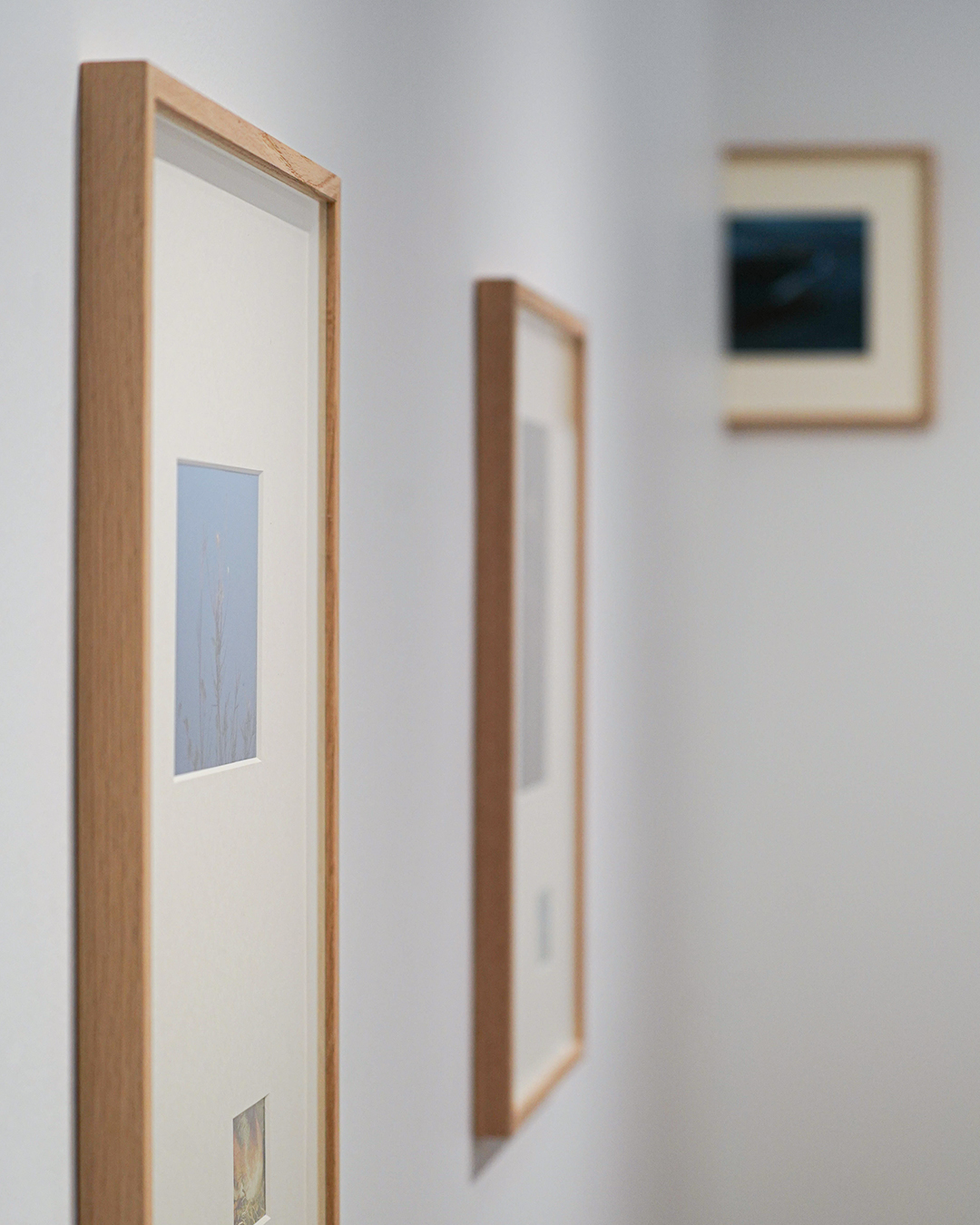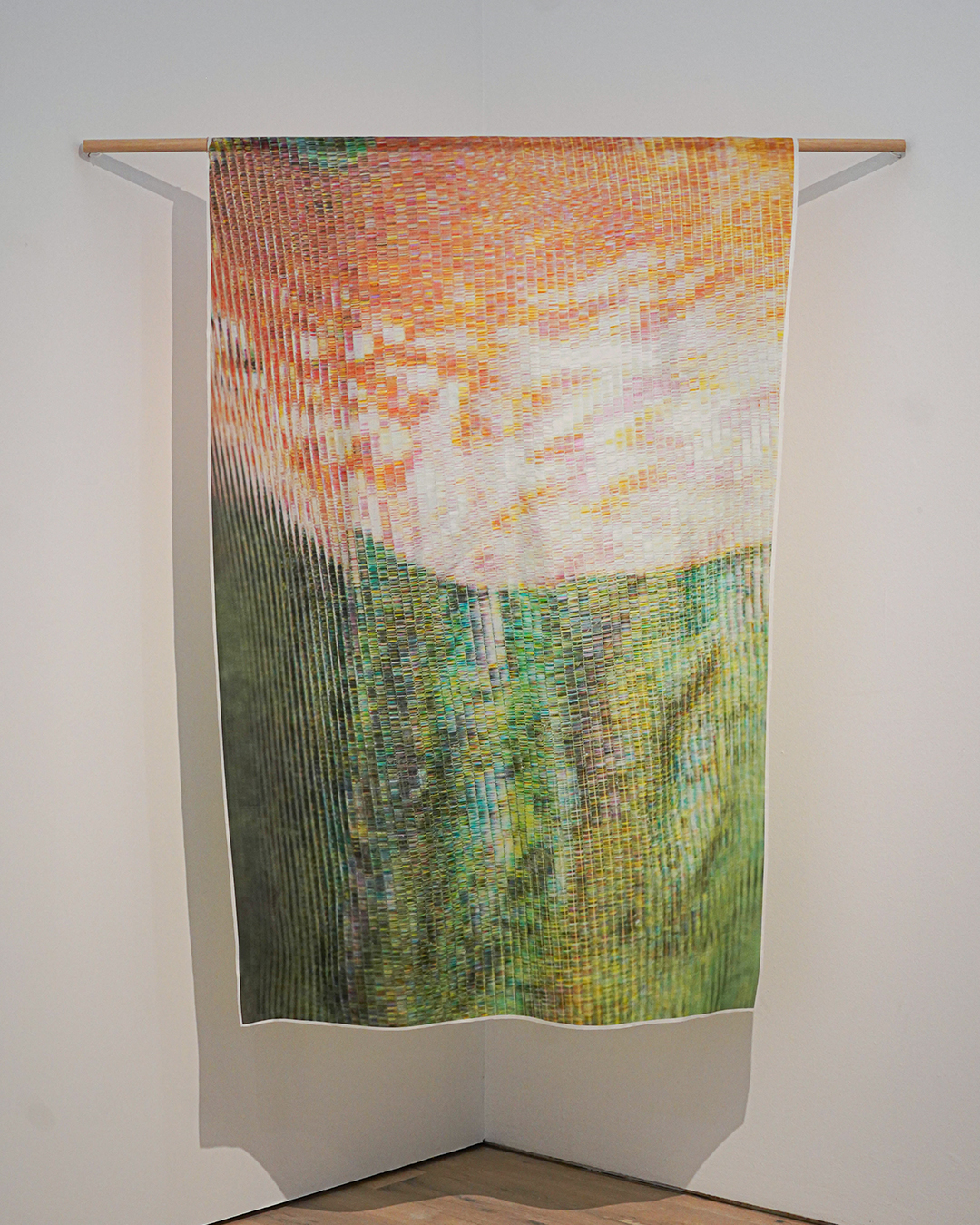Hide & Seek is an ecological fable following multiple narratives. We encounter fragments from the diary of an amateur wildlife photographer lost in Vatnsmýri, birds attempting to build nests in human architecture, and a fan of Sir David Attenborough. Through photography, collages and artifacts, Thomas Pausz portrays the struggles, hopes and failures of capturing images of wildlife: he tries to make his own camouflage to become invisible in nature, waits for the elusive birds, struggles with cameras, and sometimes loses the focus. The assemblages of images resulting from his experience resemble memories or dreams of other landscapes. The ecological context of the works in Hide and Seek is the disappearance of the wild, and the contemporary feeling of solastalgia: a feeling of the strangeness of a landscape that we used to know, but do not recognize anymore.
An important form of our relation to landscape and wildlife is through images and art – and particularly photography. Pausz freely explores the history of the medium. Due to the long exposure times needed by the first cameras, the first romantic images of ´wild´ animals were actually staged with stuffed dead beasts. As camera technology evolved, photographers used ´photographic hides´, small camouflage tents where they could be invisible and capture their subjects. The scenography of Feluleikur / Hide & Seek is inspired by these devices and soft architectures mediating between the bodies of humans and non-humans. Today despite the rapid loss of biodiversity, we produce and consume more and more spectacular high-resolution photography of wildlife.
„´A new breed of animals now surrounds humans – a species of vanishing animals, whose being is constituted by the state of disappearing. The modern animal became (through the technological image) a memory of the present.“ (Akira Mizuta Lippit, Electric Animal)
We are vampires who need images of wilderness. But at the time we are designing autonomous cameras such as remote-controlled photographic traps to get more extreme images of wildlife. These traps remove the human from the act of taking the photos. We are designing our own vanishing, and we are leaving the face-to-face with nature to digital devices. In order to get the perfect image, we might lose the beauty of the experience.
Thomas Pausz´s works in Hide and Seek reinterprets the tools and aesthetics of amateur wildlife photography to create a fictional landscape and a personal narrative.
